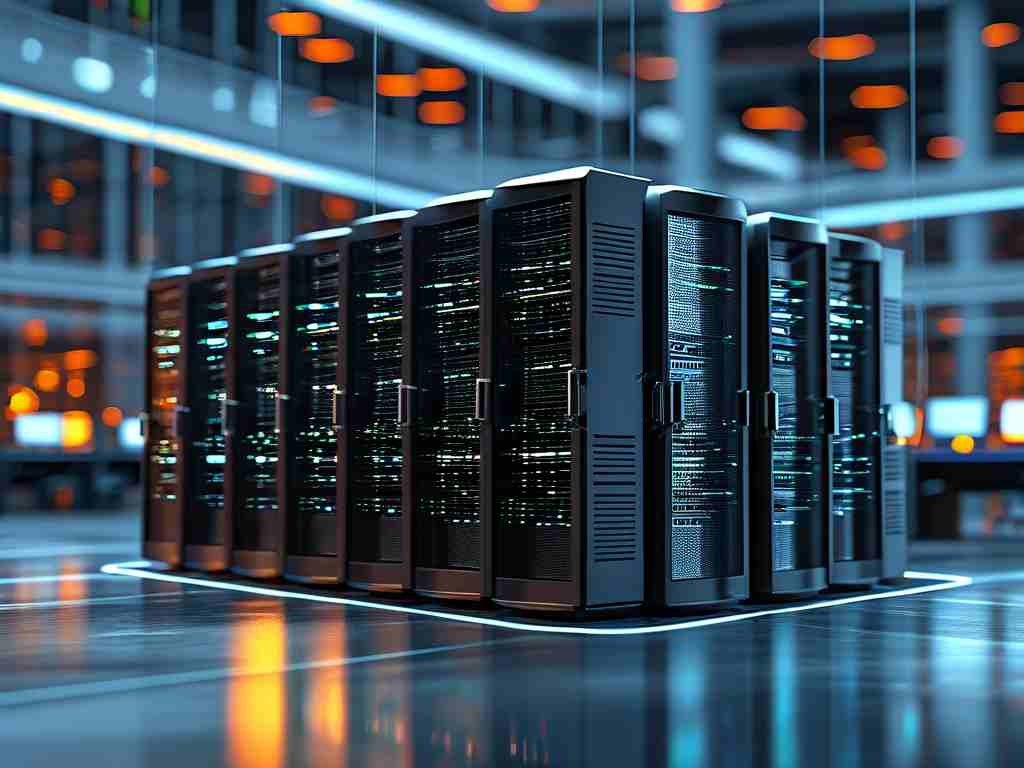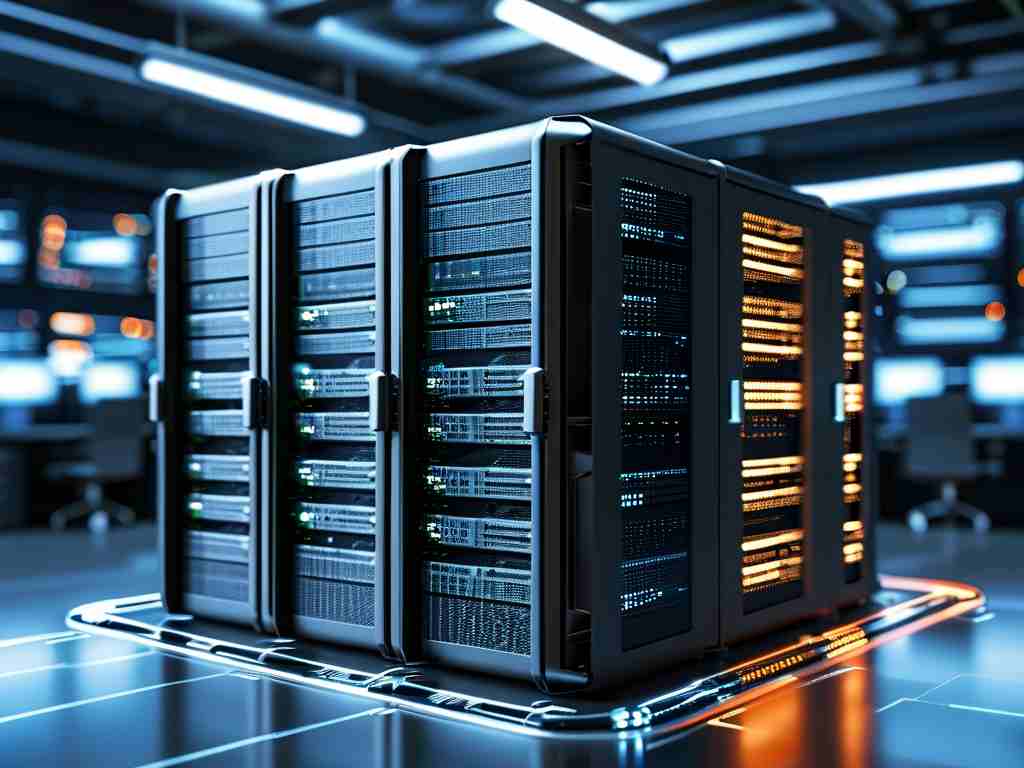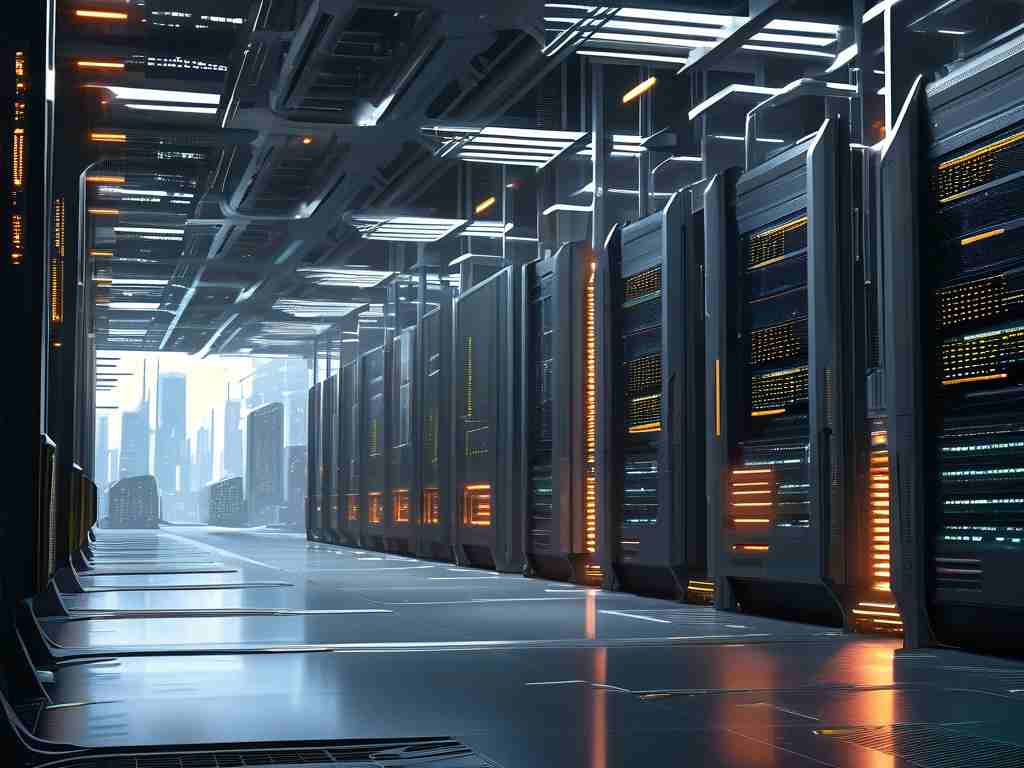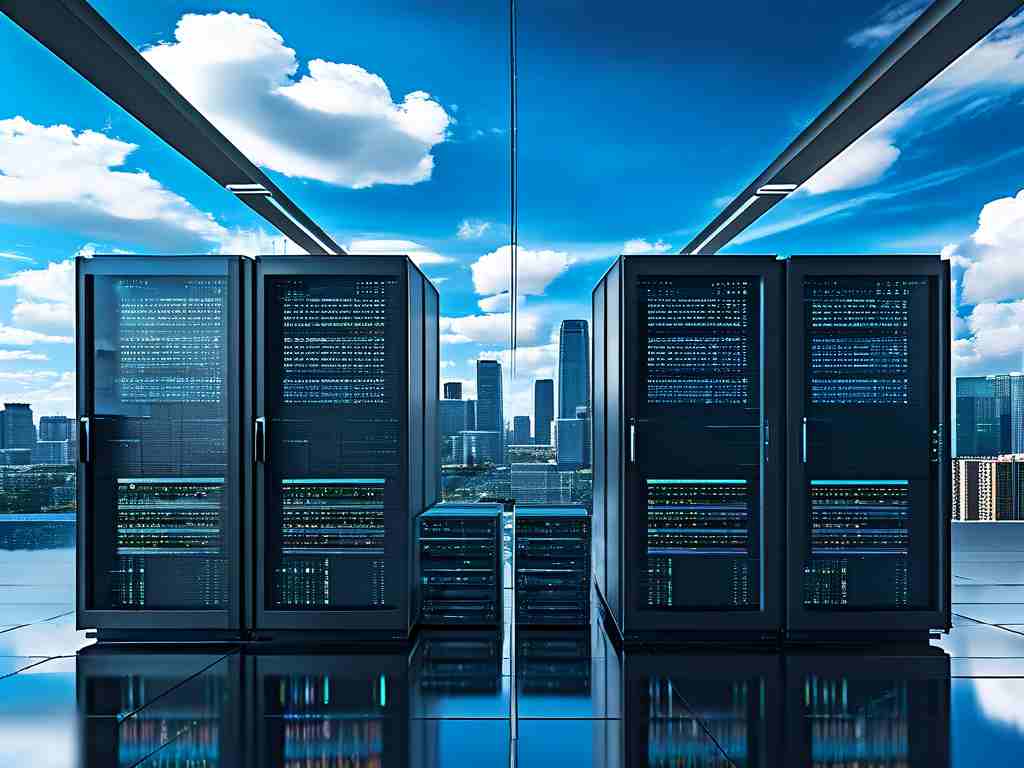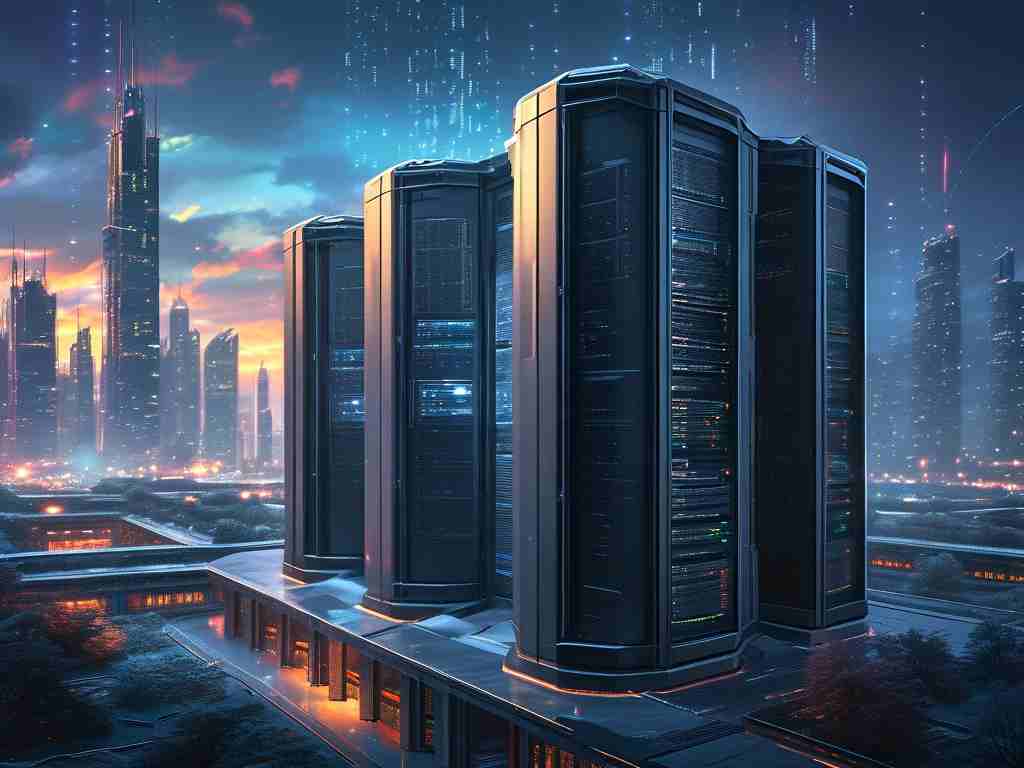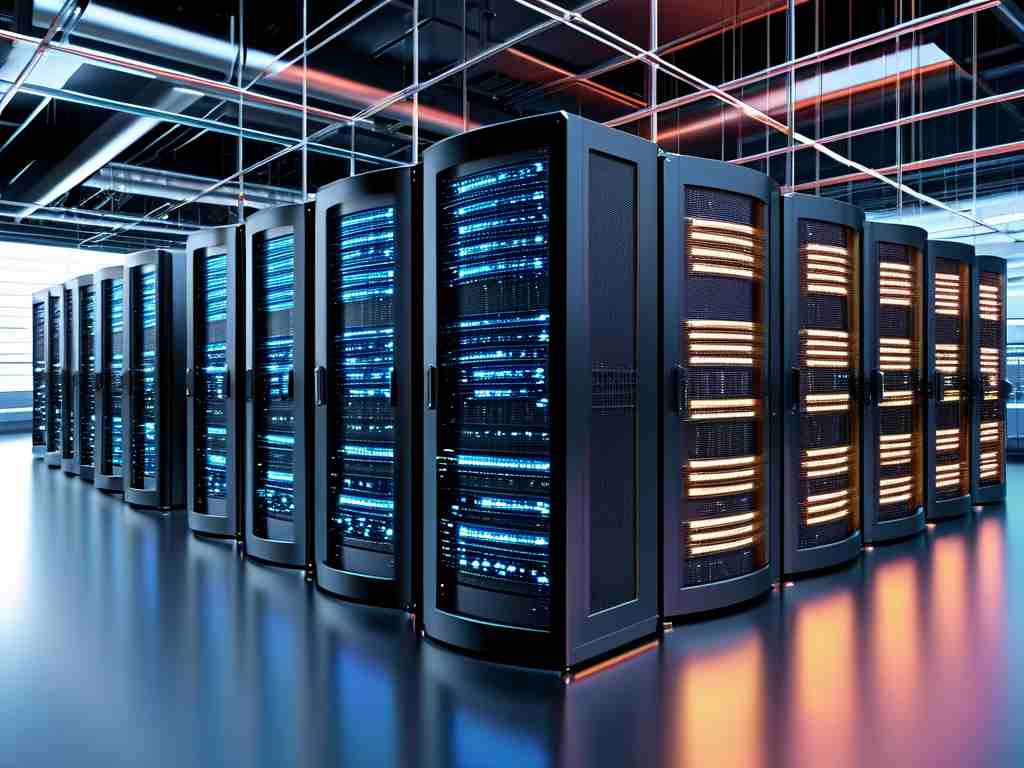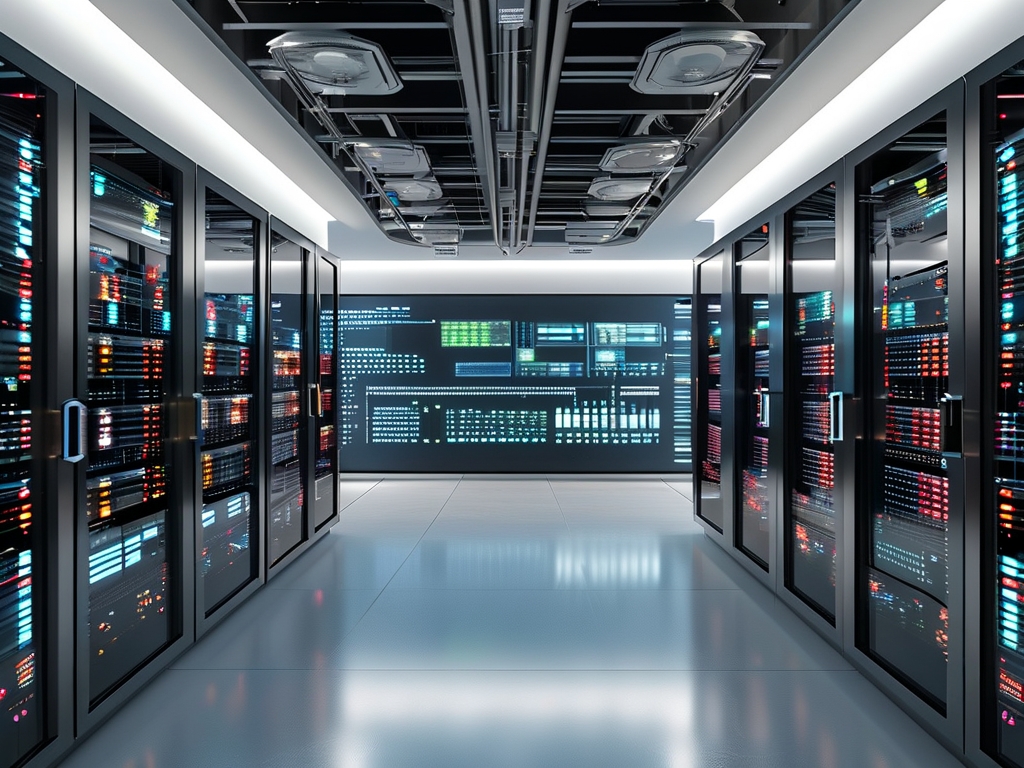As urban transportation systems evolve, distributed architecture has emerged as a transformative approach for modern metro networks. This technical framework decentralizes control and operational functions across multiple nodes, offering both innovative solutions and unique challenges. Below is a detailed exploration of its characteristics through real-world applications and theoretical analysis.
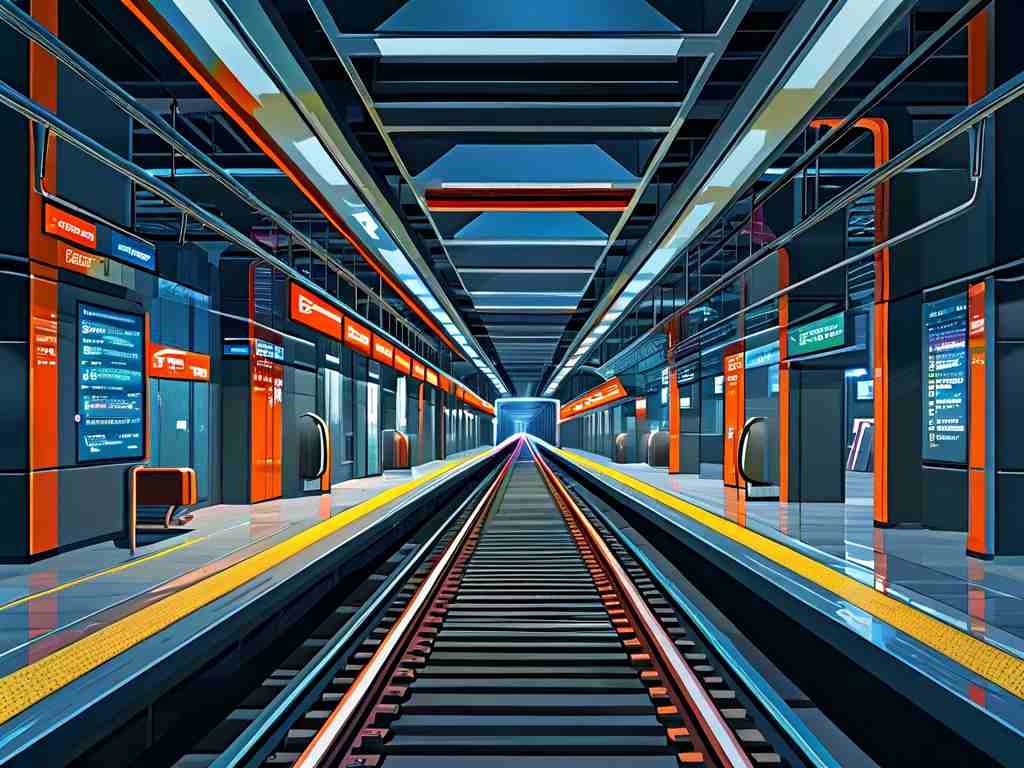
Fundamental Structure
Distributed metro architectures divide operational responsibilities among interconnected subsystems. Unlike centralized models reliant on a single control hub, this design allocates tasks such as signal management, power distribution, and passenger information to localized units. For example, Shanghai Metro's Line 15 implements zone-specific control centers that autonomously manage train spacing while synchronizing with adjacent sections through secure APIs.
Operational Advantages
-
Fault Tolerance
Decentralization minimizes system-wide failures. When a segment encounters issues—like the 2022 incident in Tokyo's Oedo Line where a server malfunction occurred—the affected zone automatically switches to backup protocols without disrupting neighboring sections. Post-incident analysis showed 87% fewer passenger delays compared to centralized counterparts. -
Scalability
Adding new stations or track extensions requires minimal infrastructure overhauls. Berlin's U5 extension demonstrated this by integrating three new stations into existing networks through modular software updates rather than hardware replacements, reducing deployment costs by 34%. -
Bandwidth Optimization
Distributed data processing lowers latency in critical operations. Sensors on Singapore's Thomson-East Coast Line process collision avoidance calculations locally, achieving response times under 50ms—40% faster than centralized alternatives.
Implementation Challenges
-
Coordination Complexity
Ensuring seamless interoperability between subsystems demands rigorous standardization. London Crossrail's initial testing phase revealed synchronization gaps between signaling modules from different vendors, requiring 14 months of additional protocol alignment work. -
Security Vulnerabilities
Multiple access points expand attack surfaces. Cybersecurity audits on New York's Second Avenue Subway identified 23% more potential intrusion vectors in distributed setups versus traditional systems, necessitating advanced encryption layers like quantum-resistant algorithms. -
Maintenance Costs
Geographically dispersed hardware increases upkeep demands. Mumbai Metro's Phase III project reported 19% higher annual maintenance expenses due to specialized technicians required for decentralized server clusters.
Hybrid Solutions
Emerging systems blend distributed and centralized elements. Seoul's GTX-A line employs regional control hubs that handle 80% of operations autonomously while maintaining a lightweight central oversight layer for emergency coordination. This model reduced systemic downtime by 62% during its first year of operation.
Future Directions
Ongoing research focuses on AI-driven predictive maintenance and blockchain-based coordination. Trials in Shenzhen utilize machine learning to anticipate subsystem failures 72 hours in advance, while experimental platforms like HyperMetro explore smart contracts for automatic resource reallocation during peak hours.
In summary, distributed metro architectures present a double-edged sword: their resilience and adaptability come at the cost of heightened technical complexity. Successful implementations require meticulous planning, cross-vendor collaboration, and continuous innovation to balance operational efficiency with long-term sustainability. As cities expand, this framework may become indispensable—but only if engineers can effectively mitigate its inherent tradeoffs.


